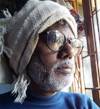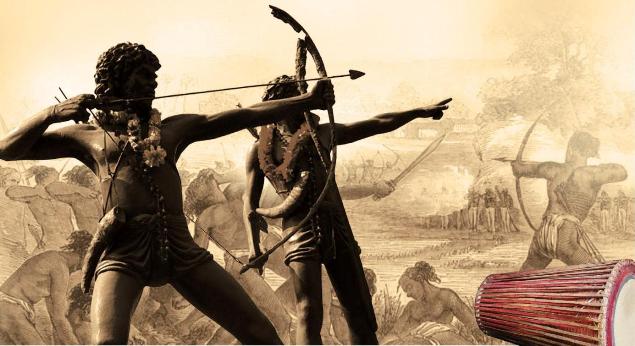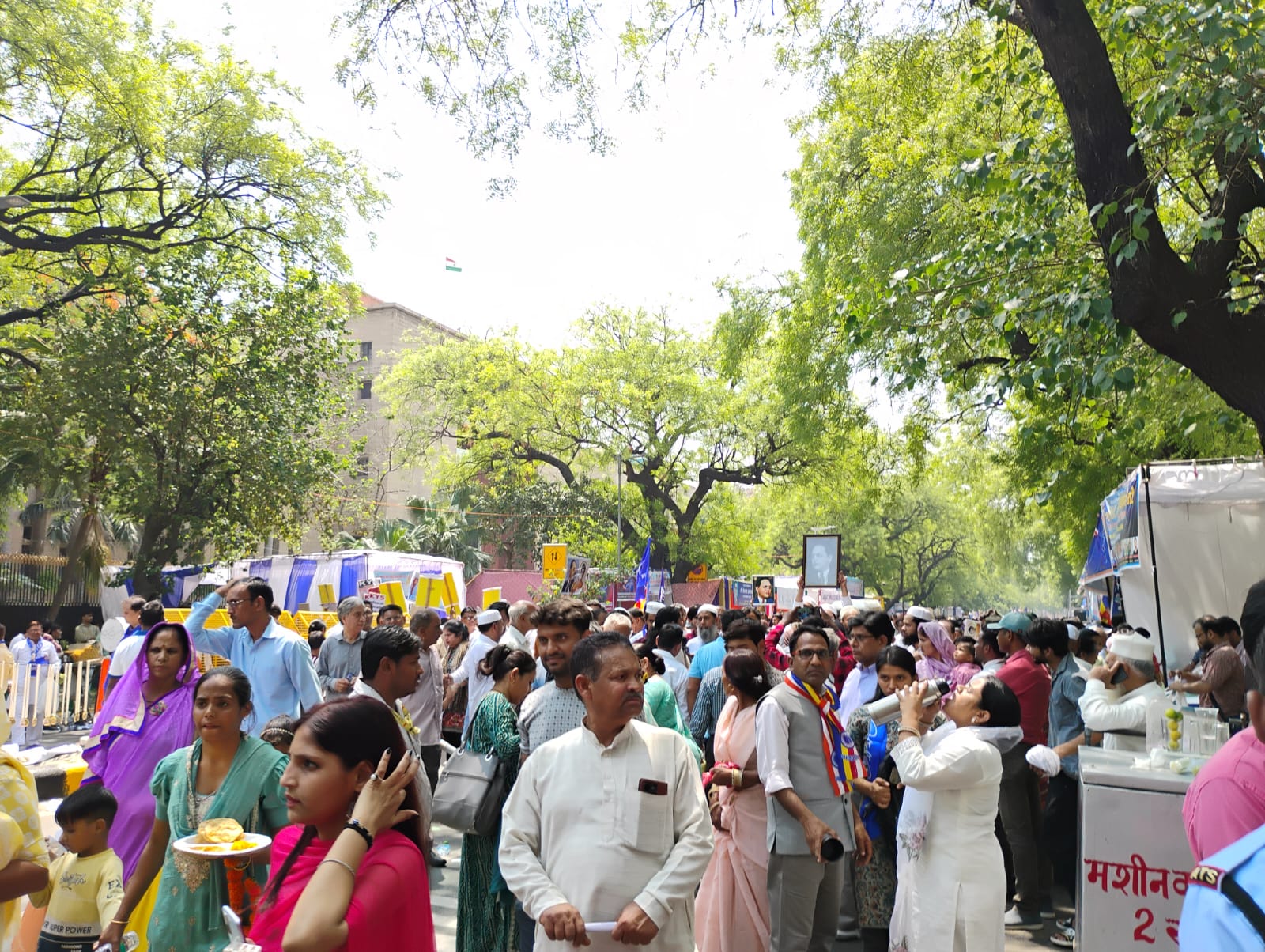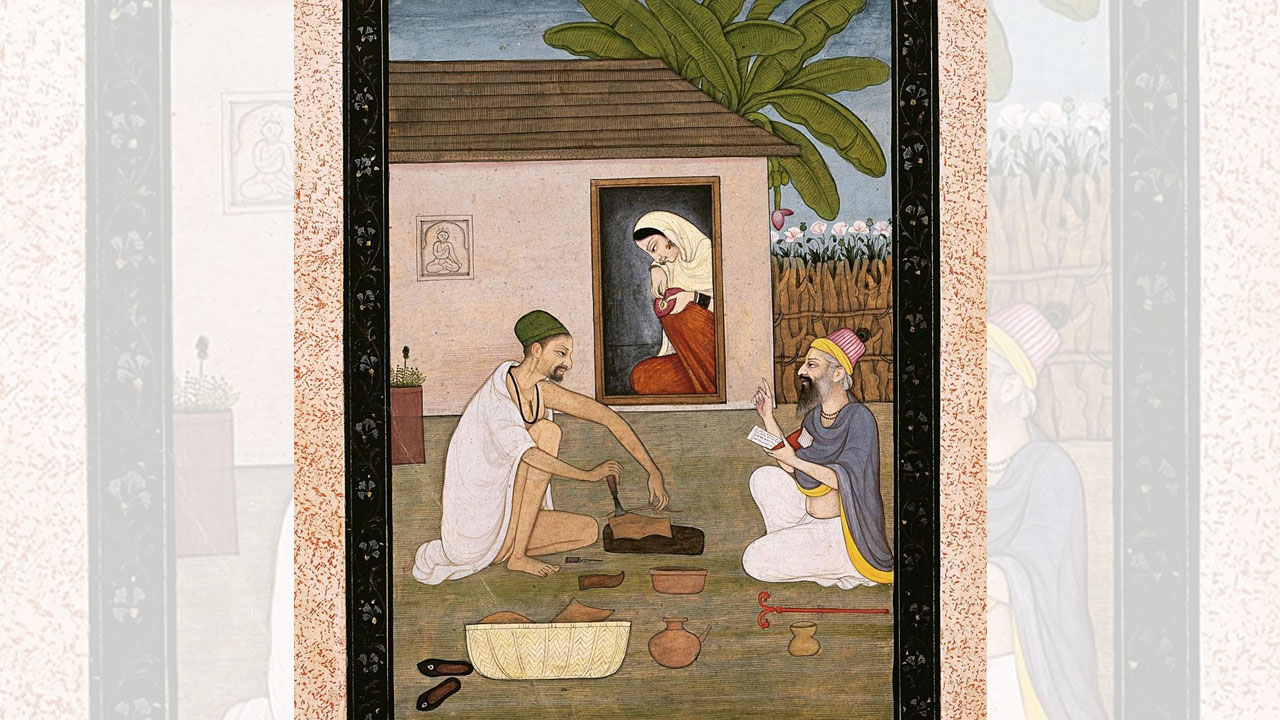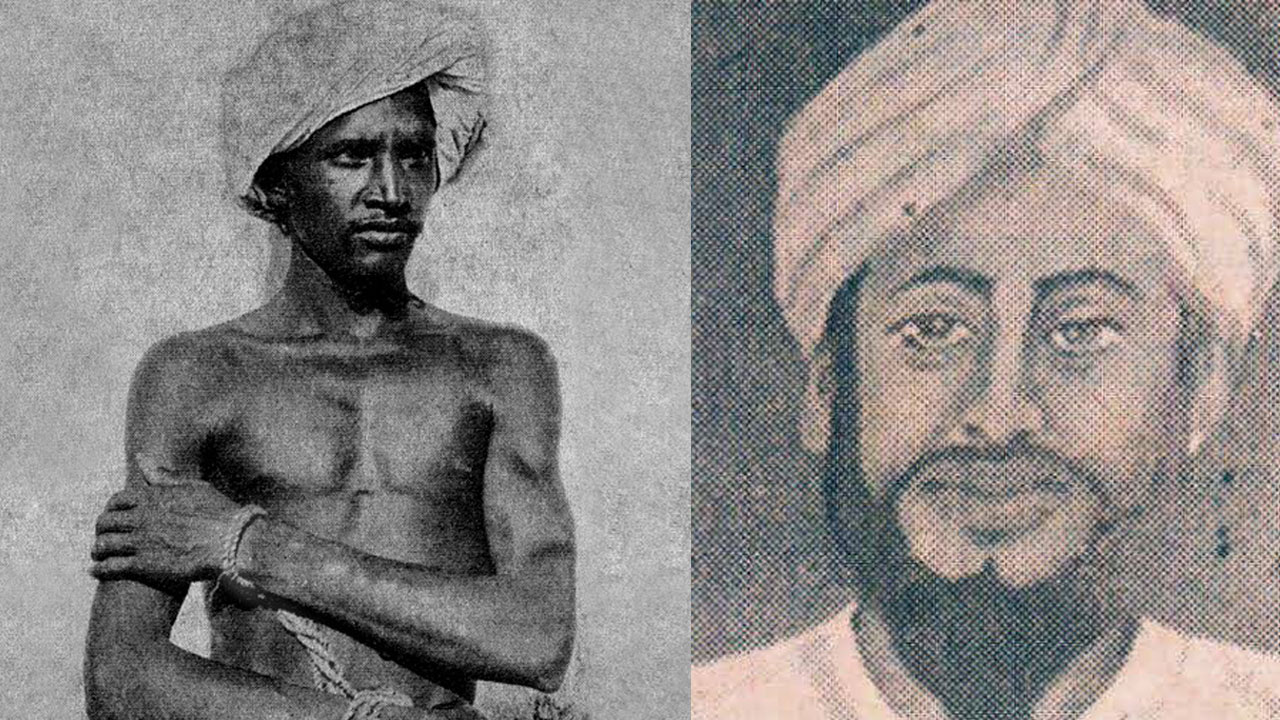Hool Revolt: The story of the valour of Tilka Manjhi, Sido and Kanhu and the other Santhal tribals

Today is Santhal Hool Diwas, the anniversary of the Santhal revolt against British rule. Indian history considers the 1857 revolt as the first uprising against the British, but researching tribal history would reveal that Tilka Manjhi had led a rebellion against the British way back in 1771. Then, on 30 June 1855, around 40,000 tribals of 400 villages of Bhognadeeh, in Sahebganj district, refused to pay land revenue to the British under the leadership of Sido, Kanhu, Chand, Bhairav and their sisters Phulo and Jhano. Sido declared, “It is time we pushed the British out.” He also gave the slogan “Karo ya Maro [do or die]” and “Angrezon Hamari Maati Chhodo [British, leave our soil].” The British immediately ordered the arrest of the four brothers. A policeman came to arrest the brothers but Santhal protestors beheaded him. This terrified the government officials in the Santhal Pargana.
It is said that every attempt to tinker with the traditions and culture of the Tribals or usurp their water, forests or land, was met with a rebellion. When moneylenders, landlords and British rulers tried to grab the land of the Tribals, the result was the Hool revolt of 30 June 1855. In the battle that followed, more than 20,000 Santhals, including Sido, Kanhu, Chand, Bhairav and their sisters Phulo and Jhano, laid down their lives while defending their land, water and forests. Earlier, in the Barikhantanga village of Sundar Pahadi block in Godda sub-division, the British had charged a Santhal youth called Baajla of revolting against them. British historian William Wilson Hunter writes in his book The Annals of Rural Bengal that there was not a single soldier of the British Army who was not ashamed of the killing of the Tribals. Due to their treacherous associates, Sido and Kanhu were caught and hanged from a tree in public in Bhognadeeh village.
Also read: Photo Feature: Tilka Manjhi (11 February 1750 – 13 January 1785)
When the British realized that the administration was incapable of dealing with the revolt, they called in the army and imposed martial law. They arrested thousands of Santhal tribals and used lathis against the protestors and fired shots at them. The battle continued until the last Tribal was alive.
A century earlier, from 1771 to 1774, Tilka Manjhi, alias Jabra Pahadia, waged a long uncompromising battle against the British rule. He had become a pain in the neck for local moneylenders, feudal lords and the British rulers. Among the rebels were Sardar Ramna Ahadi; Karia Pujhar of Aamgachi Pahad (a hill in Amdapanda block (Pakul, Santhal Pargana)] and Jabra Pahadia of Singharasi Pahad. They were the first rebels of India. Spartacus is considered the world’s first rebel.

Thus, the first rebels against the imperialist rulers in India came from the primitive hill tribes. They took on the British rulers in the hills of Jharkhand. The most popular among them is Jabra (Jaurah) Pahadia, alias Tilka Manjhi. In 1778, along with chieftains of the hill Tribals, he drove the British out of the Ramgarh camp. In 1784, Jabra killed East India Company administrator Augustus Cleveland. Later, the British sent a troop under the leadership of Ayarkut, which killed a large number of Tribals and arrested Jabra. It is said that they had him dragged all the way to Bhagalpur after tying him to four horses. Despite being dragged for miles, Tilka Manjhi was alive. Tribals talk about his body being soaked in blood. Yet the rebel in him had not died, they say, and his blood-red eyes could still instil fear in the hearts of the British. He was hanged from a huge banyan tree in Bhagalpur, as thousands watched. Jabra Pahadia, alias Tilka Manjhi, kissed the noose with a smile on his face. The day was around 13 January 1785. Later, thousands of freedom fighters followed in Jabra Pahadia’s footsteps and sang the song “Haansi, haansi chadbo phansi”, which still reminds us of India’s first rebel.
There is some confusion over whether Manjhi was a Santhal or a Pahadia. Most of the writers say he was a Santhal of Murmu gotra. But there are no documents or any other form of historical evidence to conclusively prove that he was a Santhal. Historical accounts say that Santhal tribals migrated to Santhal Pargana in 1790, following a famine.
Sir William Hunter writes in The Annals of Rural Bengal (1868) that Santhals inhabited the area from Veerbhum to the present Singhbhum (Vol 1, pp 219-227). They moved towards the present-day Santhal Pargana after the famine of 1790. Hunter writes, “A new chapter in the history of the Santhals began in 1790” [p 220]. Hunter writes that by 1838, there were 40 villages of Santhals in Santhal Pargana, with a total population of 300 (p 223). Hunter also writes about a Mr Ward who had settled around 100,000 Santhals in 150 villages by 1847 (p 224).

In Volume 13 of Bengal District Gazetteer: Santhal Pargana, published in 1910, L.S.S. O’Malley writes that when Mr Ward was drawing up the boundaries of Damin-i-koh in 1827, he found three villages of Santhals in Patsunda and 27 in Barkpop. Ward writes, “They call themselves Santhals and are residents of Singhbhum and the surrounding area” (p 97). A authoritative account of how the Santhals settled in Damin-i-koh is available on pages 97-99 of Bengal District Gazetteer: Santhal Pargana.
Robert Carsteyers, who was the deputy commissioner of Santhal Pargana from 1885 to 1898, begins his novel Hadma’s Village with the mention of Santhals settling down in the area where Pahadias lived.
Bengali writer Mahasweta Devi, in her novel Shalgirar Dake, describes Tilka Manjhi as a Santhal Tribal of Murmu gotra. On the other hand, Hindi novelist Rakesh Kumar Singh has portrayed Tilka Manjhi as a Jabra Pahadia in his novel Hool Pahadia.
Be that as it may, the situation that had triggered the Hool Revolt in the 19th century prevails in the tribal areas even today. Tribals are being deprived of their land, water and forests so that rich industrialists can get richer. Whenever the tribals offer resistance, they are branded as Naxals and killed. In Jharkhand, a conspiracy to grab tribal lands is being hatched by amending the CNT (Chotanagpur Tenancy) Act and SPT (Santhal Pargana Tenancy) Act. The flying elephant is just a mirage. All this makes the Hool Revolt even more relevant.
Translated by Amrish Herdenia
Forward Press also publishes books on Bahujan issues. Forward Press Books sheds light on the widespread problems as well as the finer aspects of Bahujan (Dalit, OBC, Adivasi, Nomadic, Pasmanda) society, culture, literature and politics. Contact us for a list of FP Books’ titles and to order. Mobile: +919968527911, Email: info@forwardmagazine.in)
The titles from Forward Press Books are also available on Kindle and these e-books cost less than their print versions. Browse and buy:
The Case for Bahujan Literature
Dalit Panthers: An Authoritative History
